 The Journal of the International AIDS Society (JIAS) has opened a call for papers for a new special issue on “Data-driven HIV prevention: the HIV prevention cascade and beyond” to be published in conjunction with the 23rd International AIDS Conference (AIDS 2020).
The Journal of the International AIDS Society (JIAS) has opened a call for papers for a new special issue on “Data-driven HIV prevention: the HIV prevention cascade and beyond” to be published in conjunction with the 23rd International AIDS Conference (AIDS 2020).
Deadline for submission is July 15 and papers could include:
- Empirical papers reporting studies that collect, validate, analyse and/or use data to identify population HIV prevention needs, monitor prevention delivery, or evaluate programmatic approaches
- Papers that use data to operationalise “prevention cascade” frameworks or assess the strengths and limitations of alternative approaches to data driven HIV prevention
- Systematic reviews in relevant areas
- Cost-effectiveness studies on data-driven HIV prevention approaches or reports on the current state of financing for data-driven HIV prevention
- Modelling studies that extend current approaches to provide improved strategic information to guide HIV prevention programming
- Descriptions and evaluations of data systems that provide decision makers with relevant information to inform HIV prevention decisions
- Policy analyses in relation to data-driven HIV prevention
To find out more about this upcoming special issue and how you can submit your article, please click here
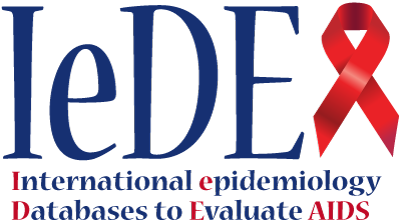
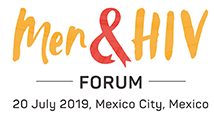 Registration for the “Men & HIV Forum” is now open. The forum will be held on July 20 in Mexico City prior to the
Registration for the “Men & HIV Forum” is now open. The forum will be held on July 20 in Mexico City prior to the 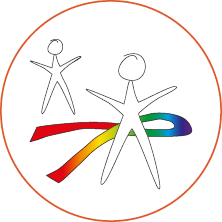 The 3rd International Workshop on HIV & Adolescence will take place on October 2-4 in Nairobi, Kenya.
The 3rd International Workshop on HIV & Adolescence will take place on October 2-4 in Nairobi, Kenya.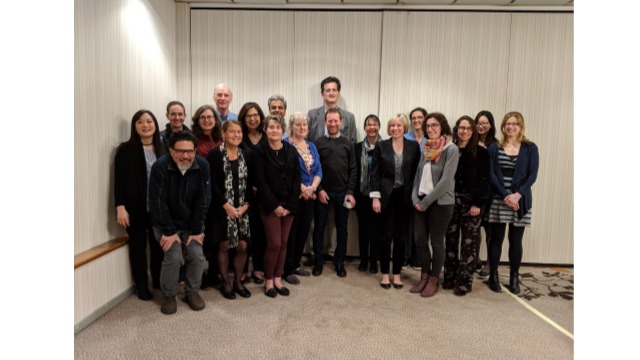
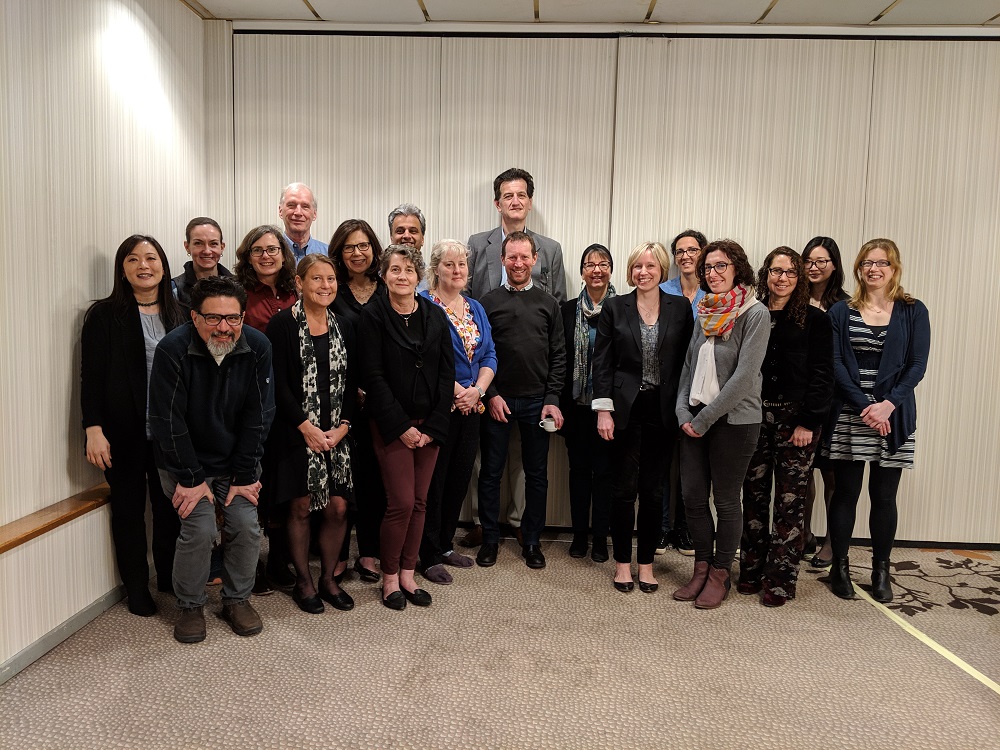


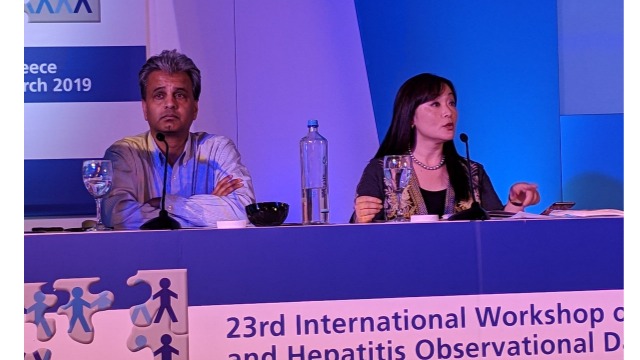
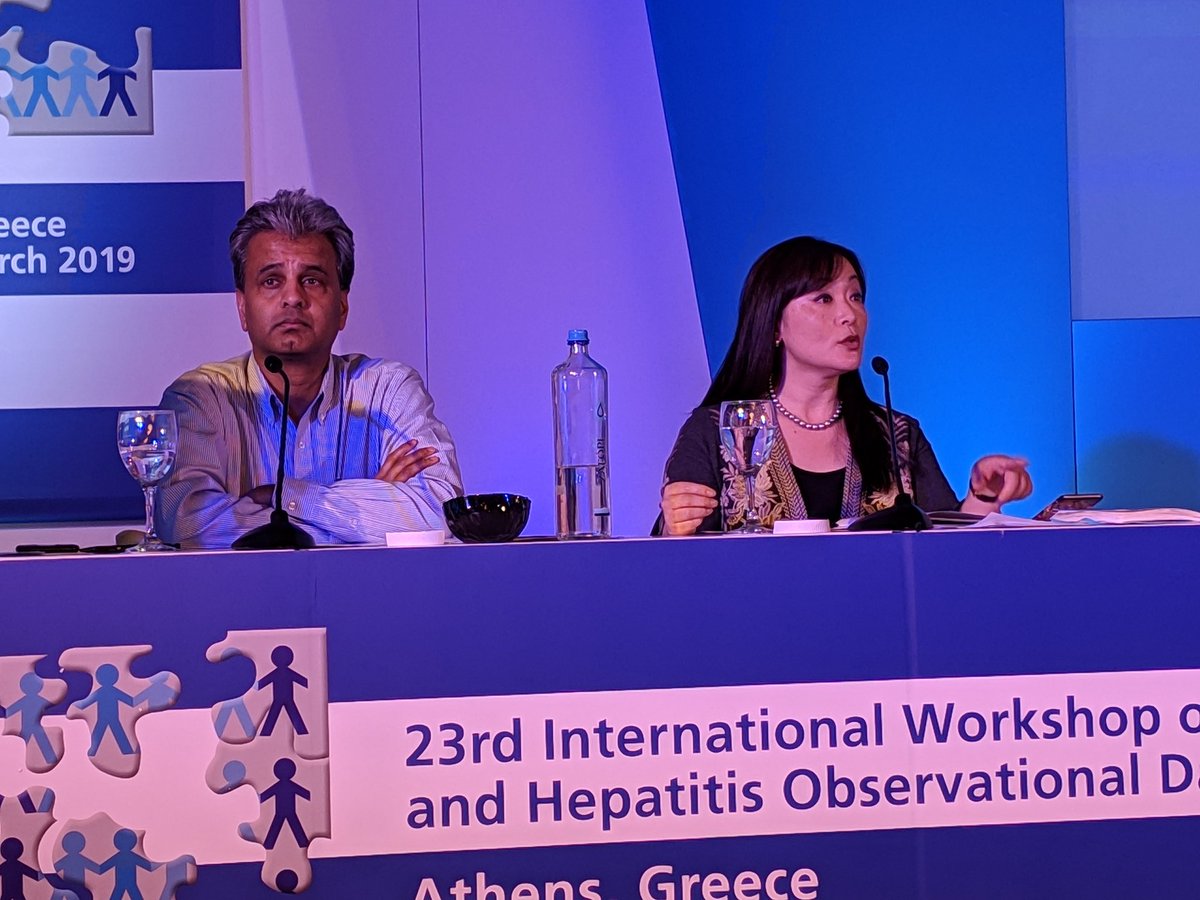
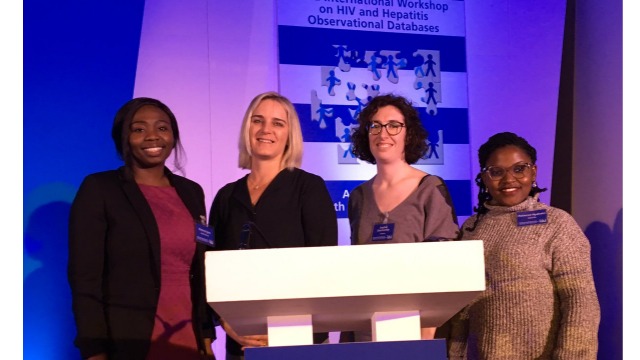
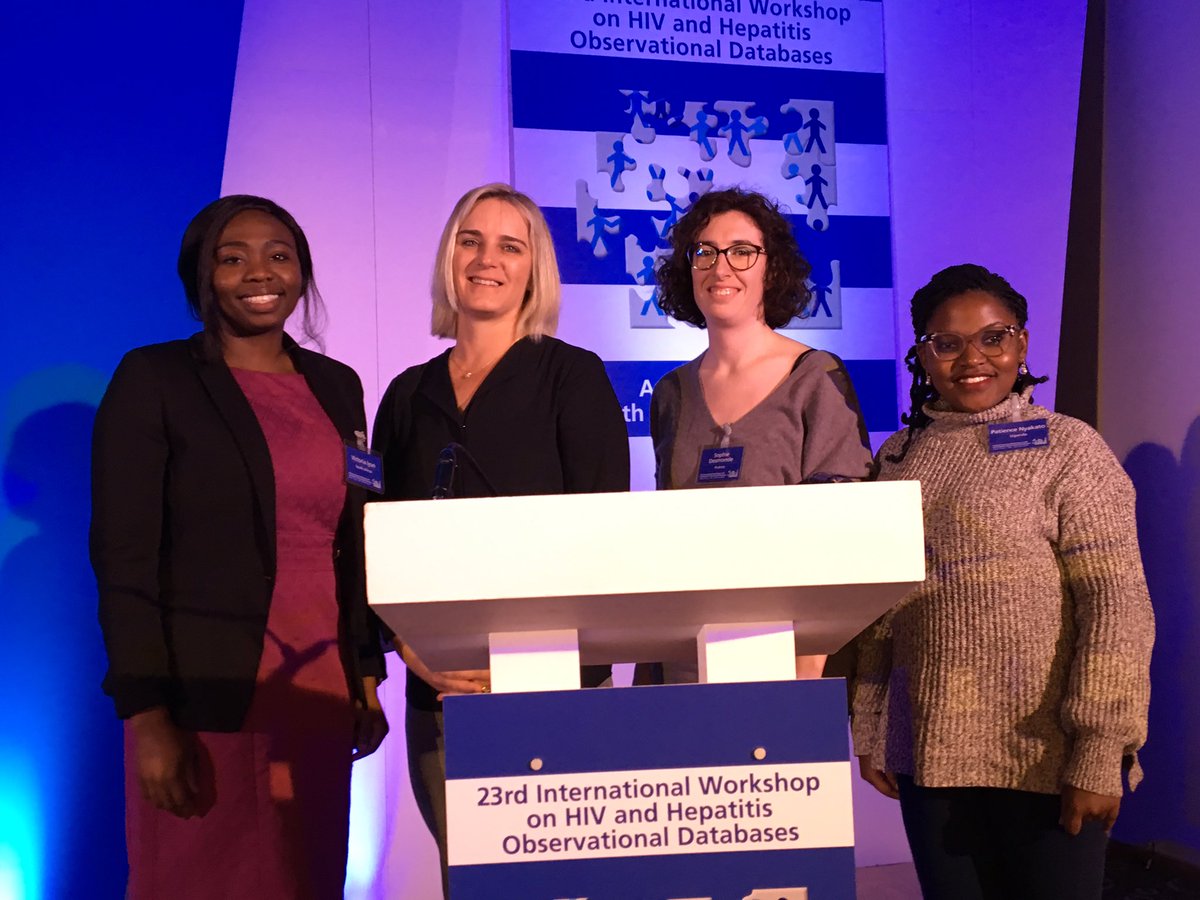
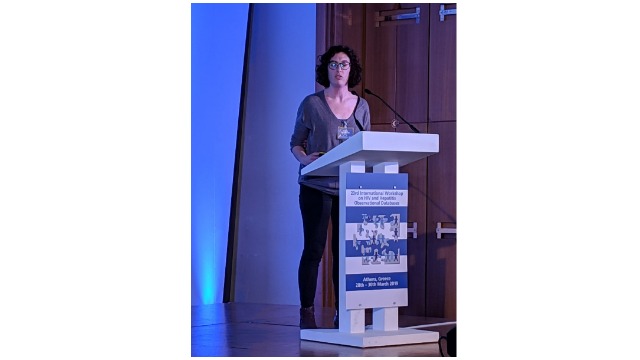
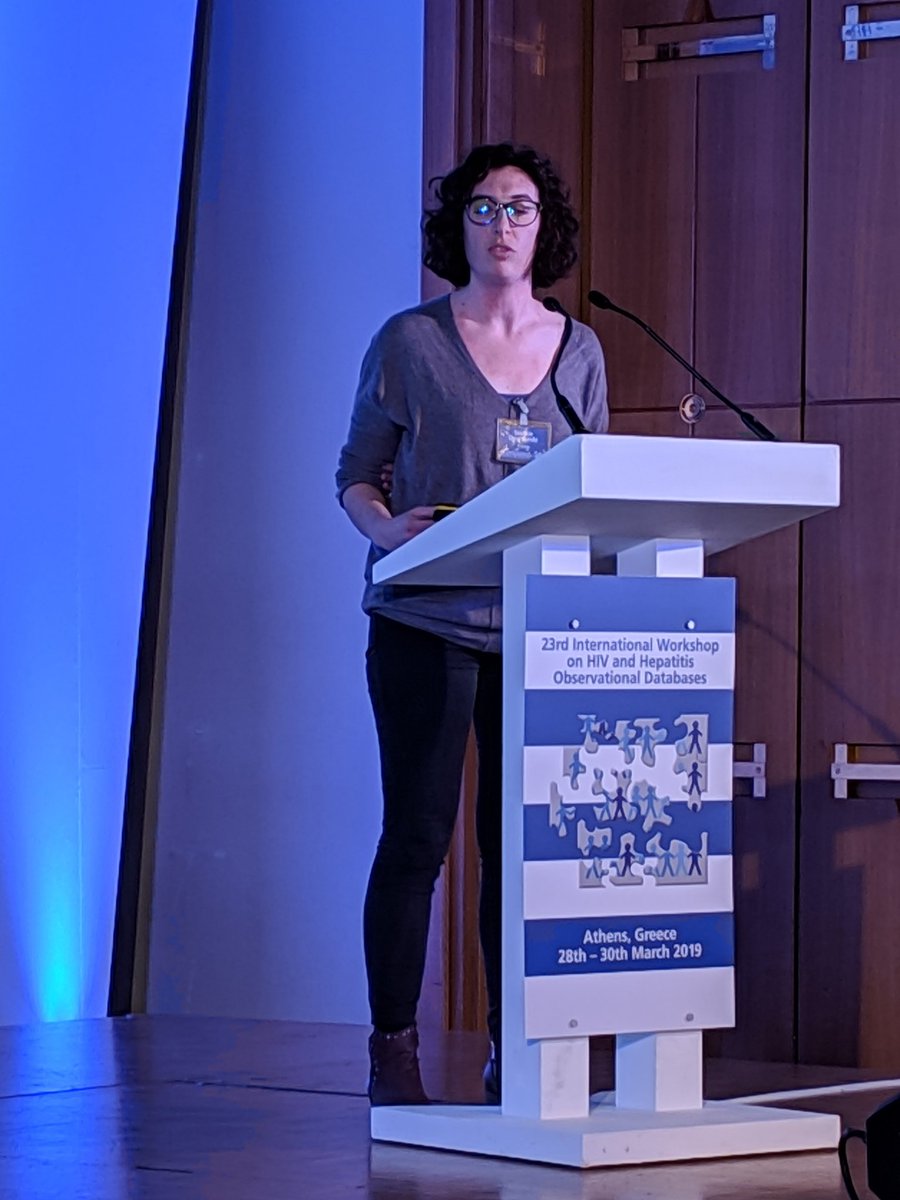
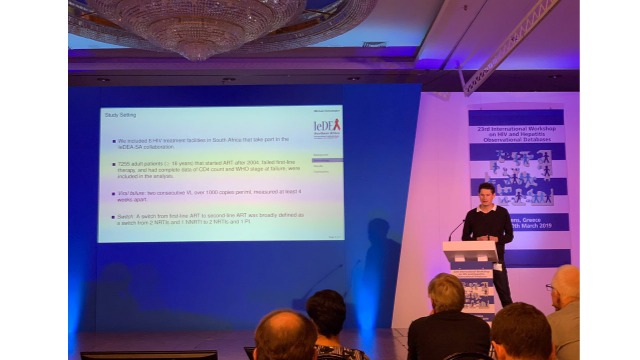
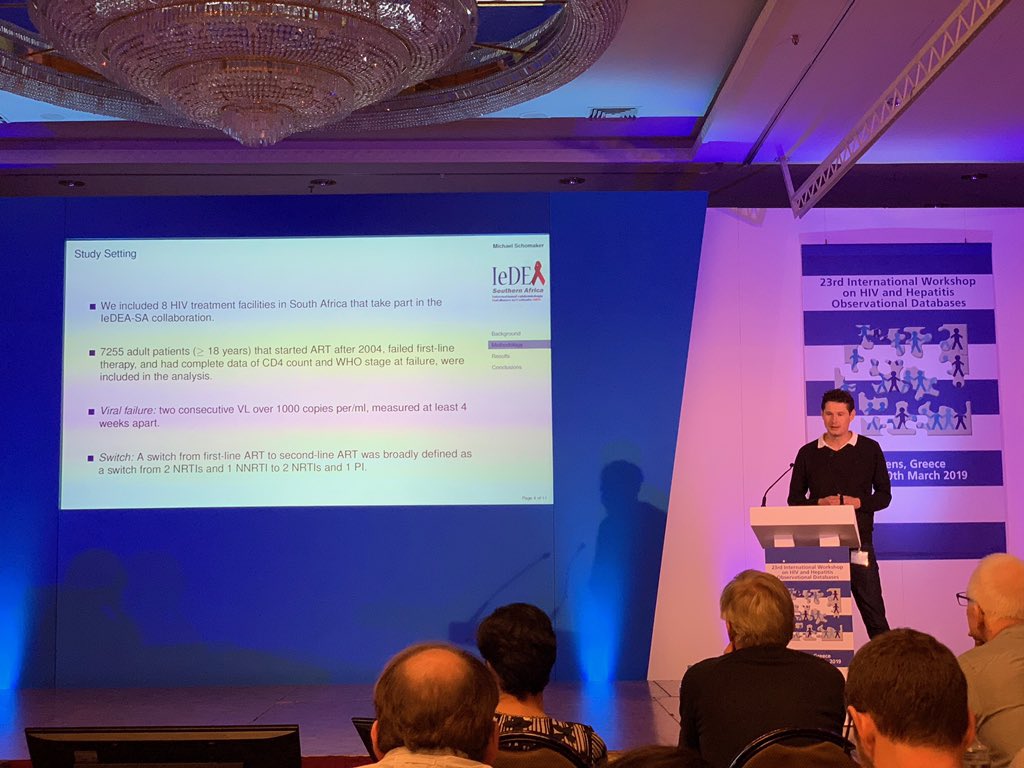


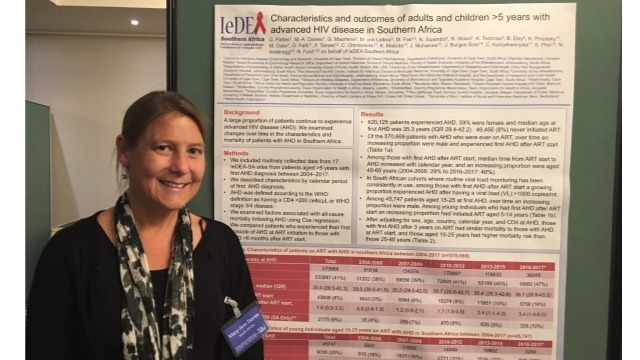
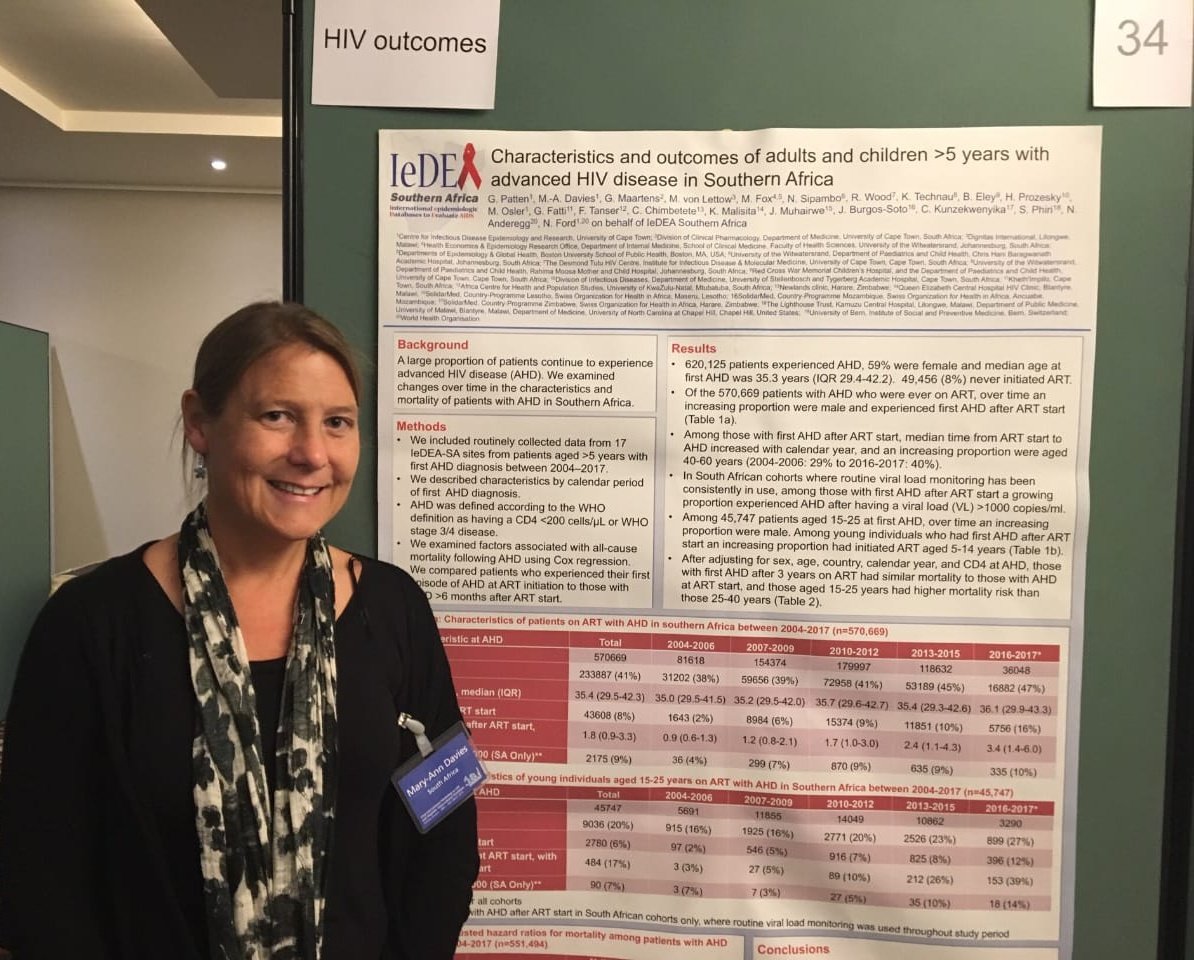
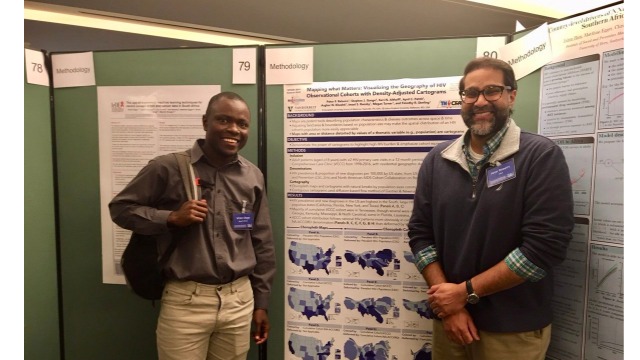
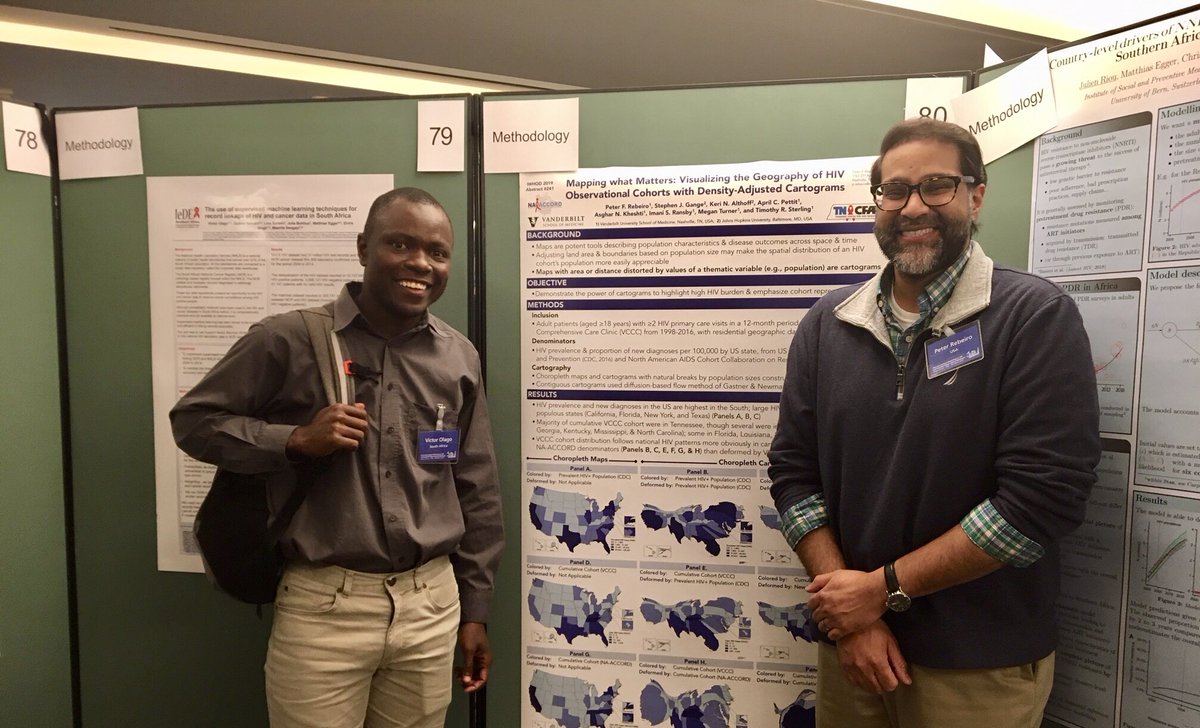
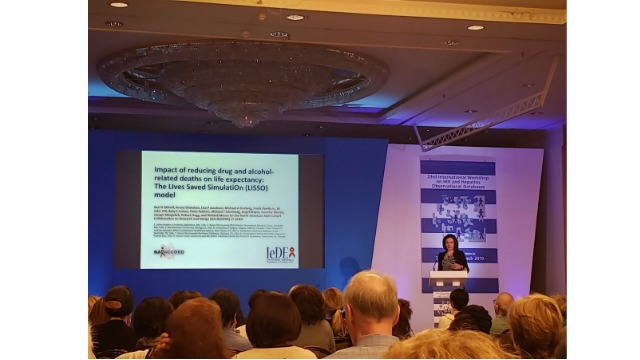
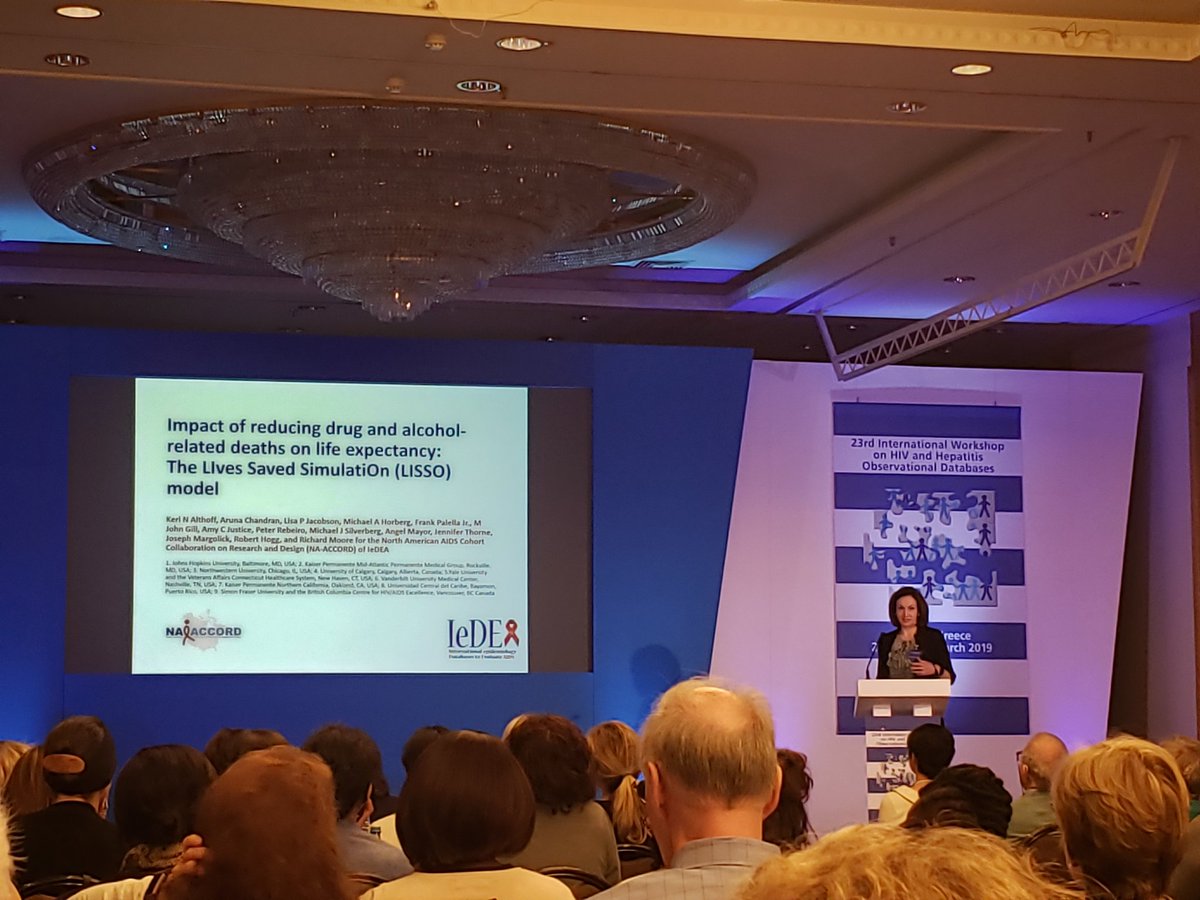

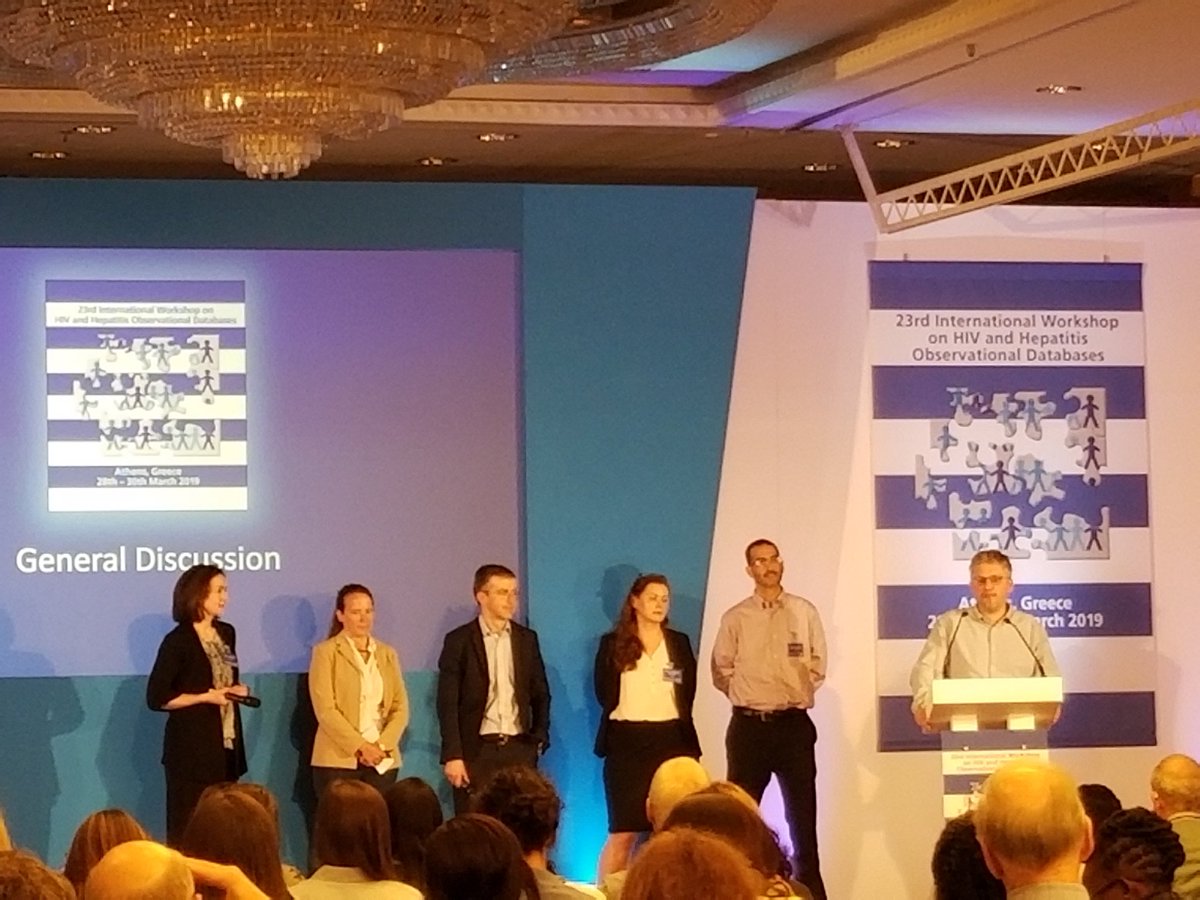
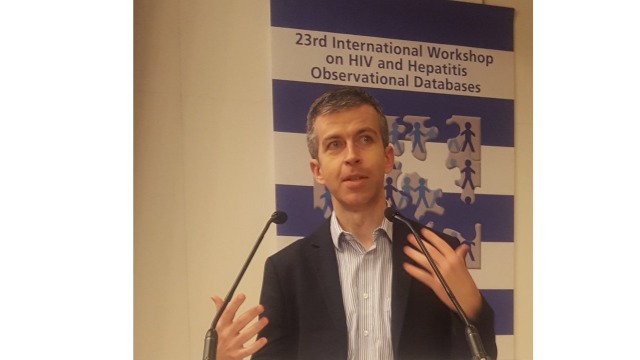
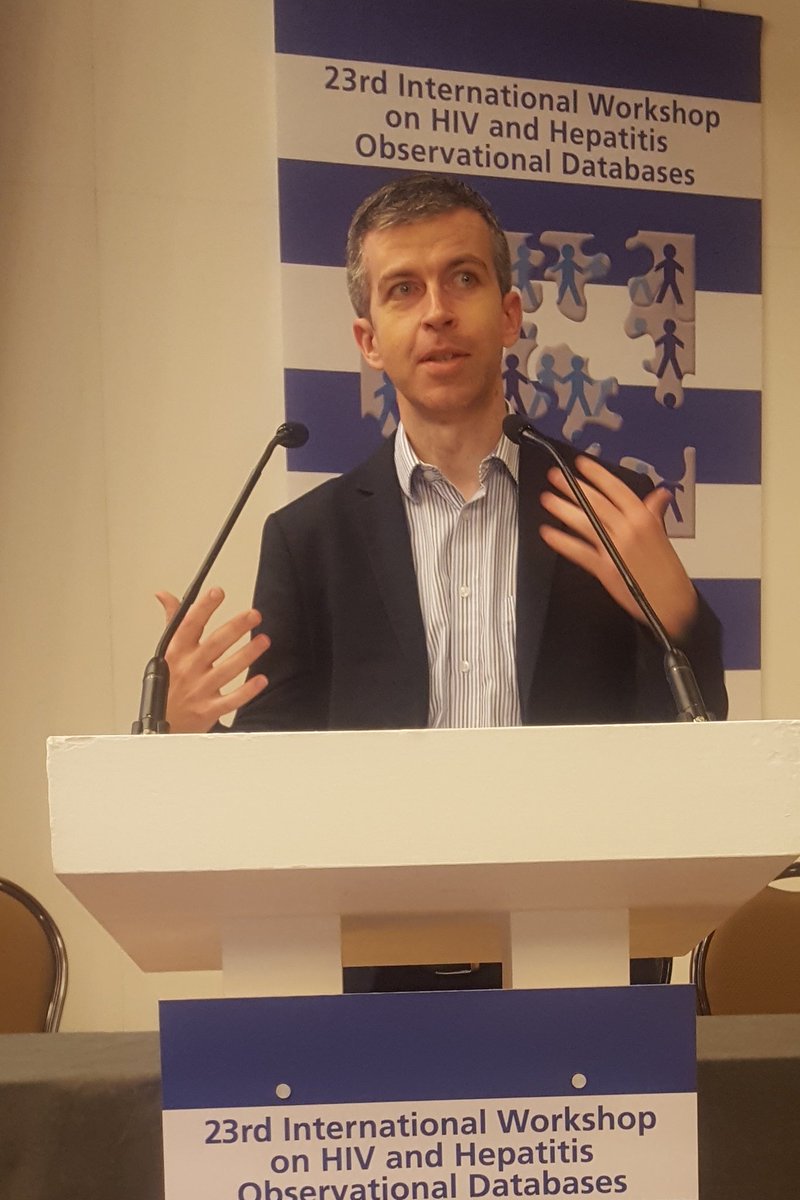
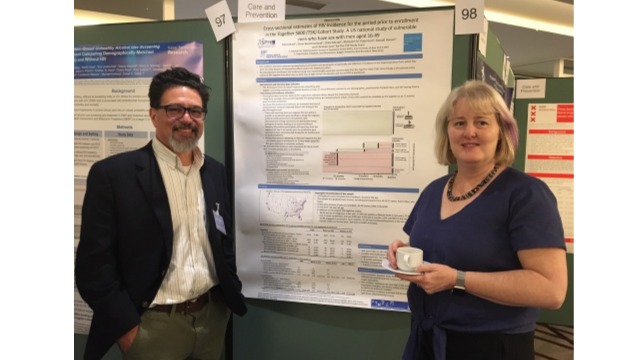
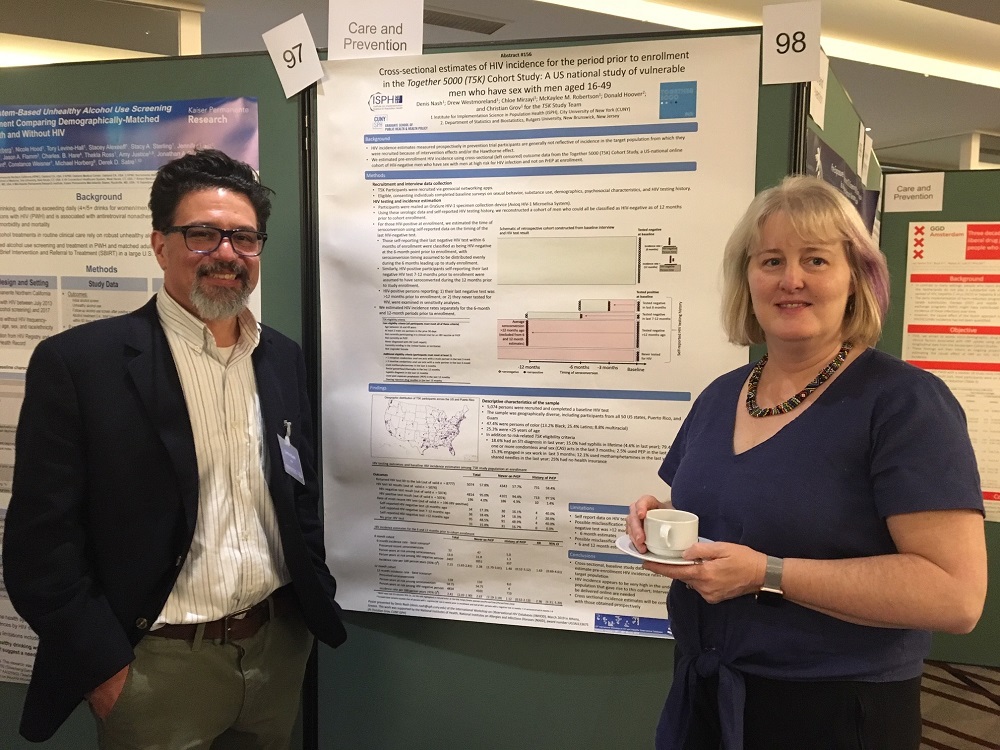
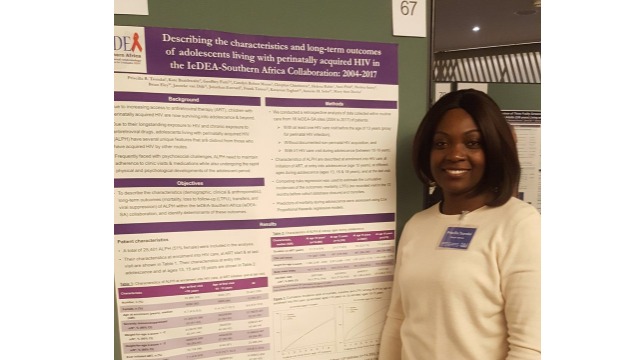
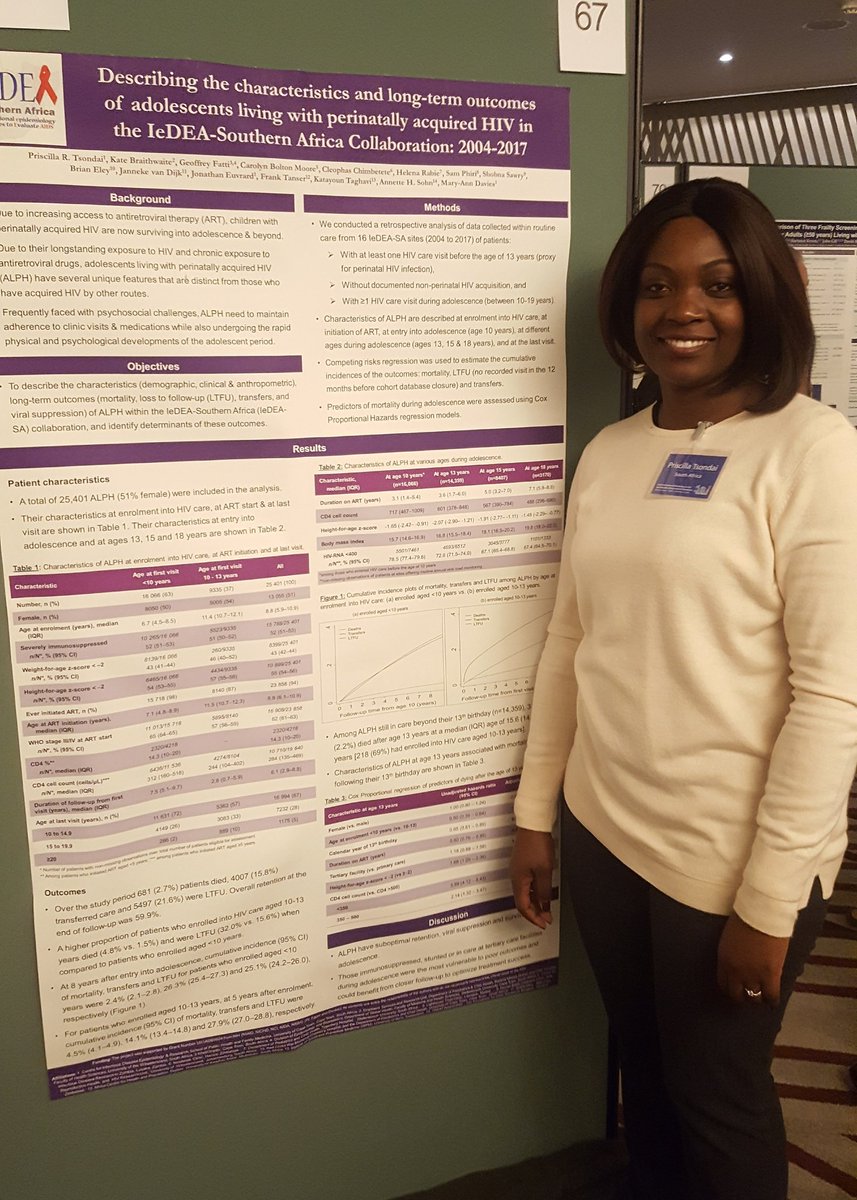
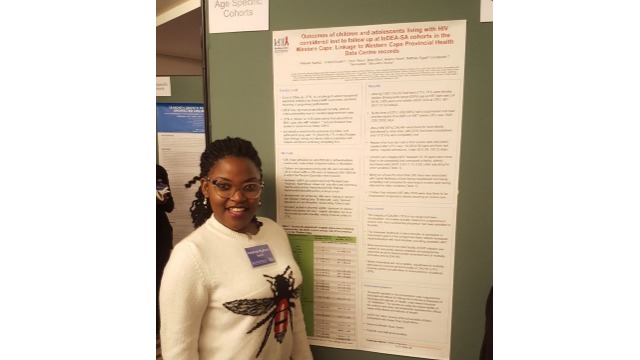
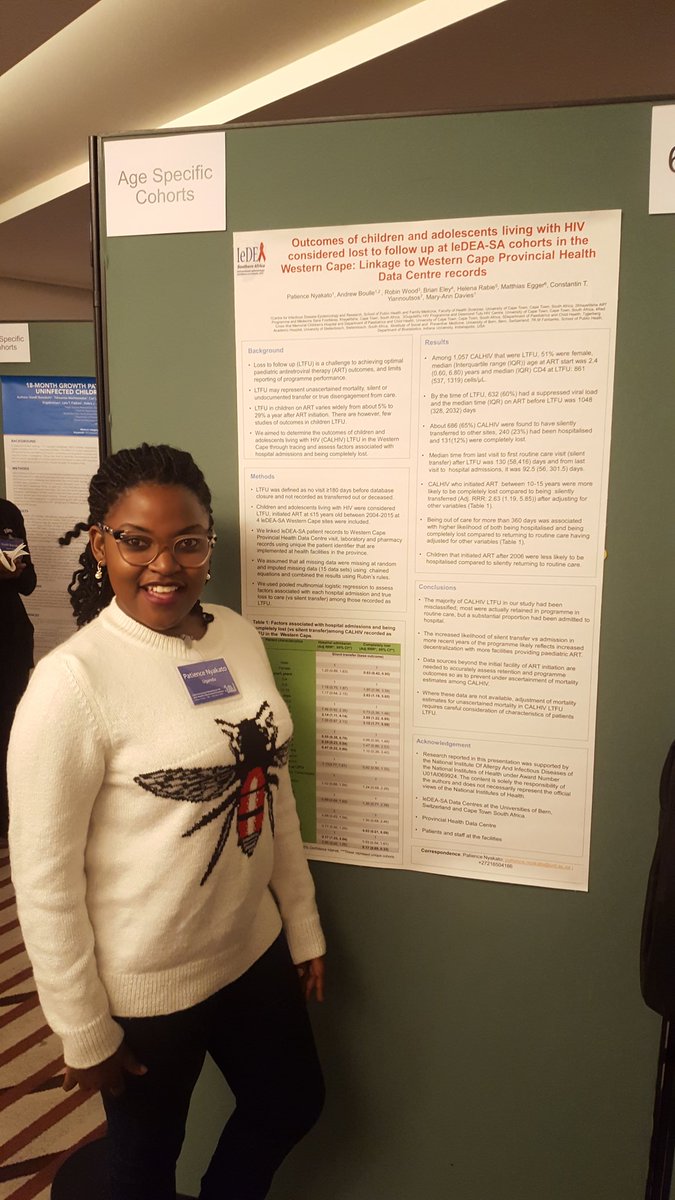
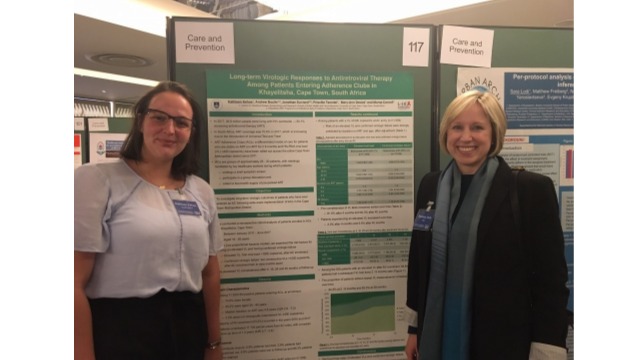
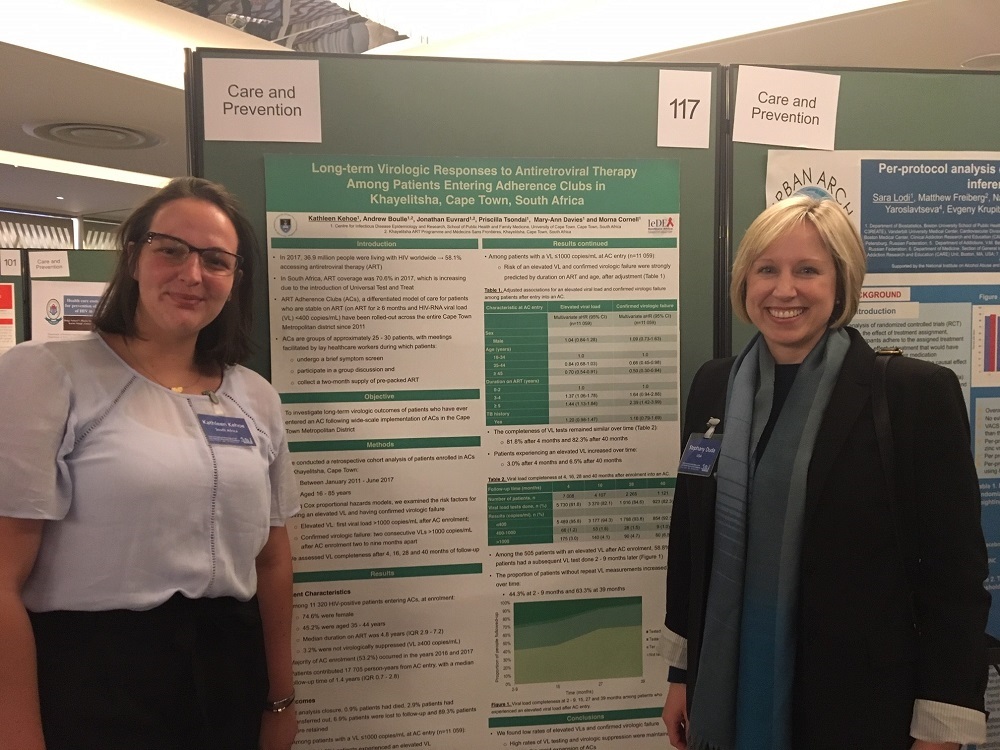
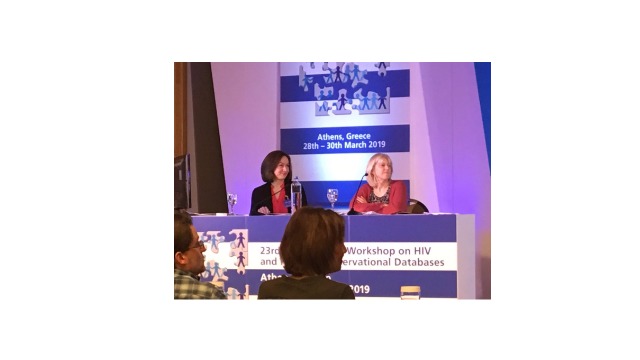
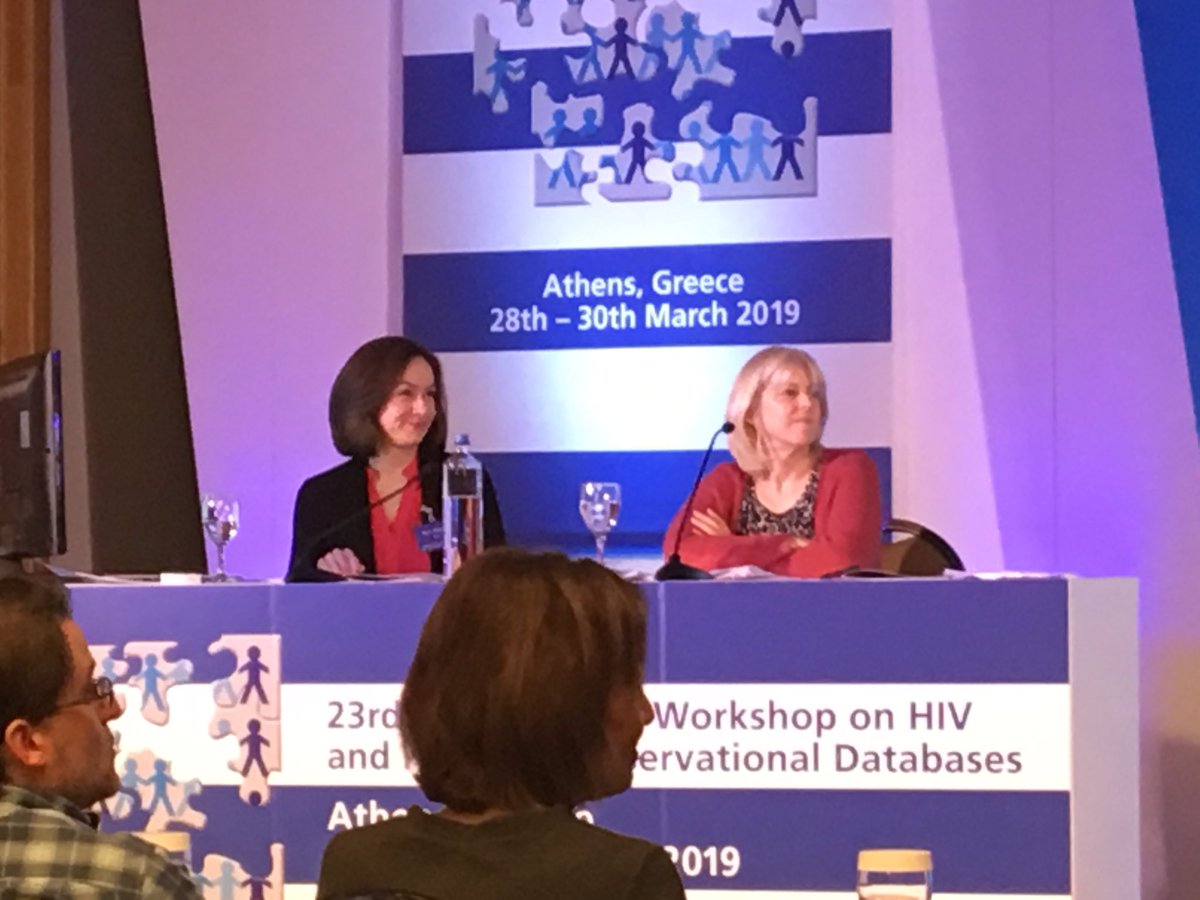
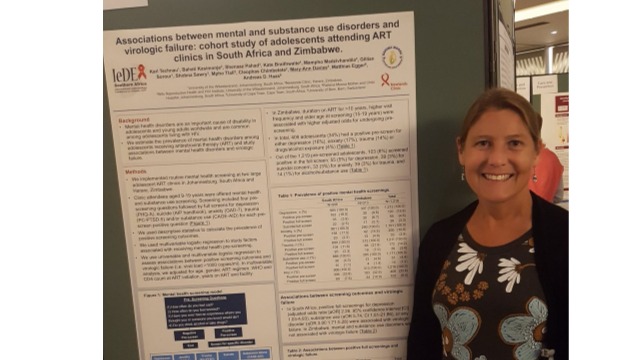
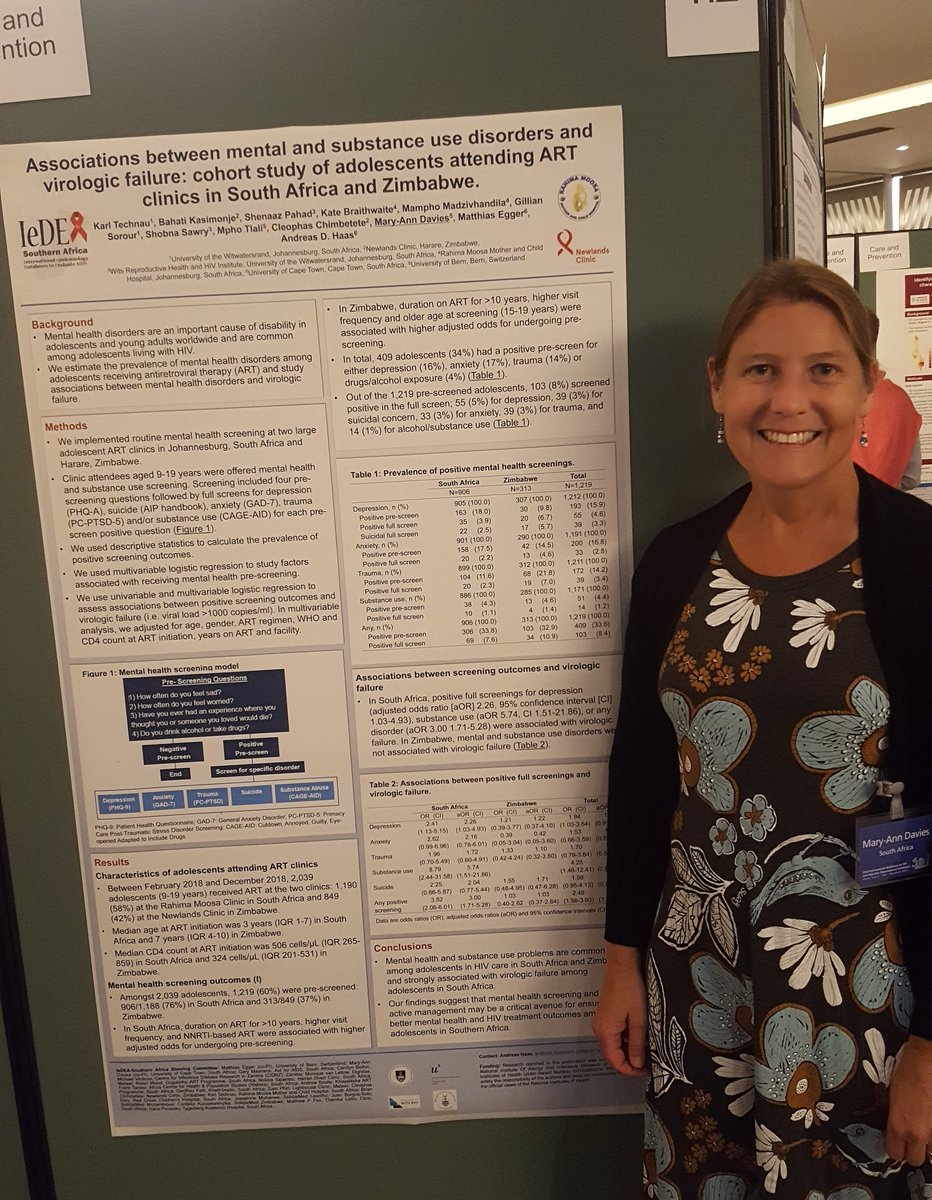
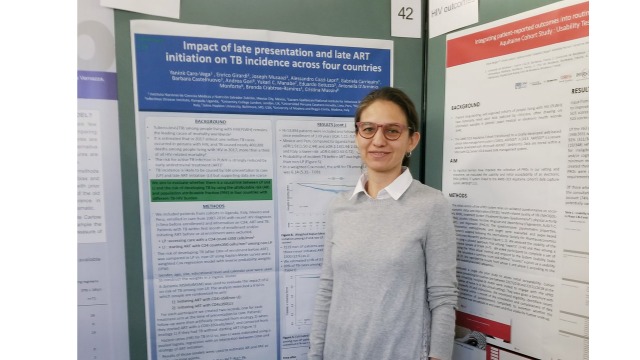
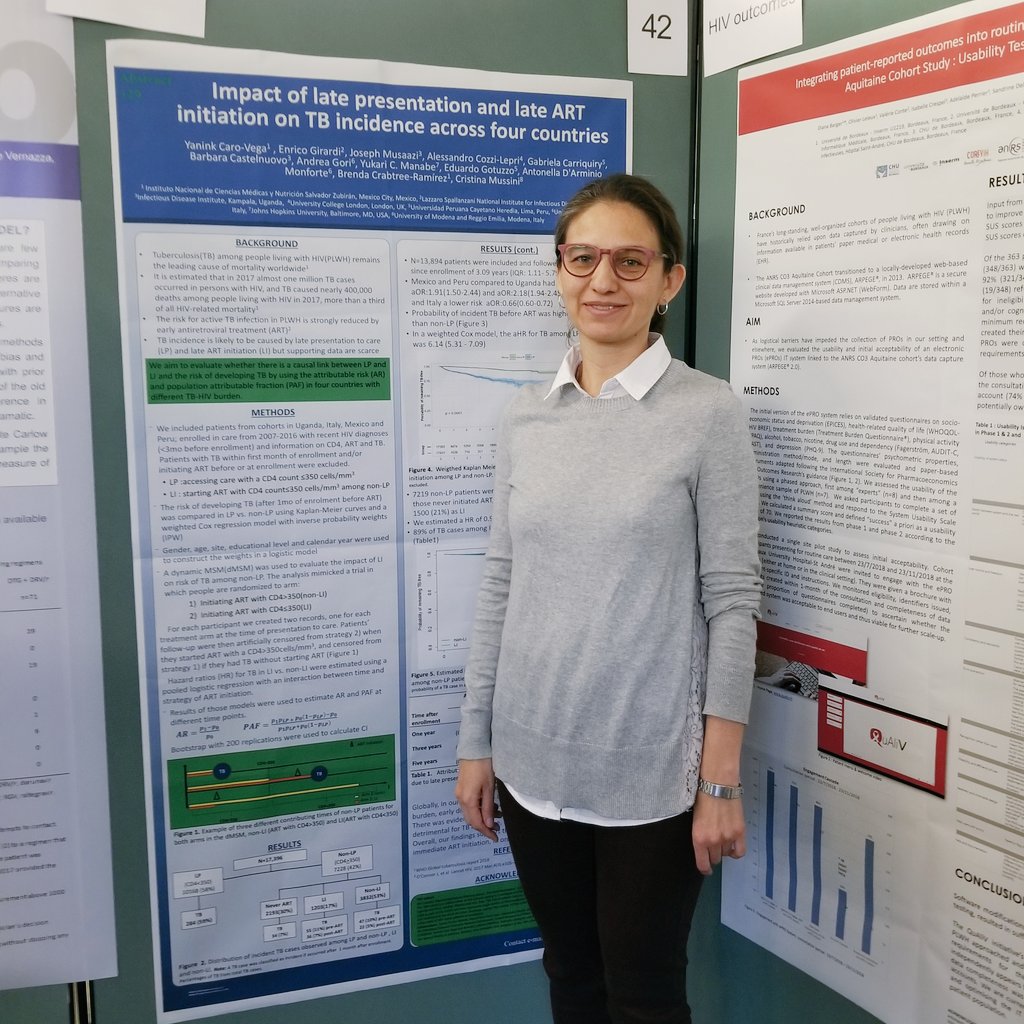


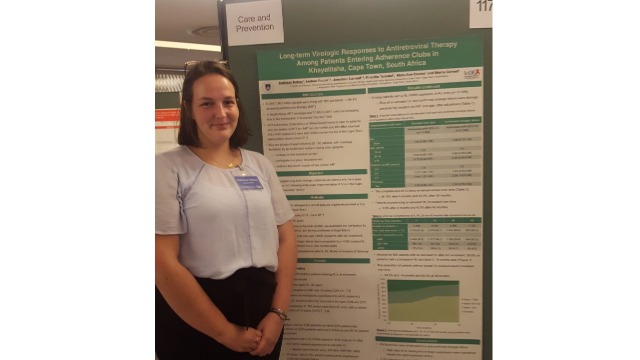
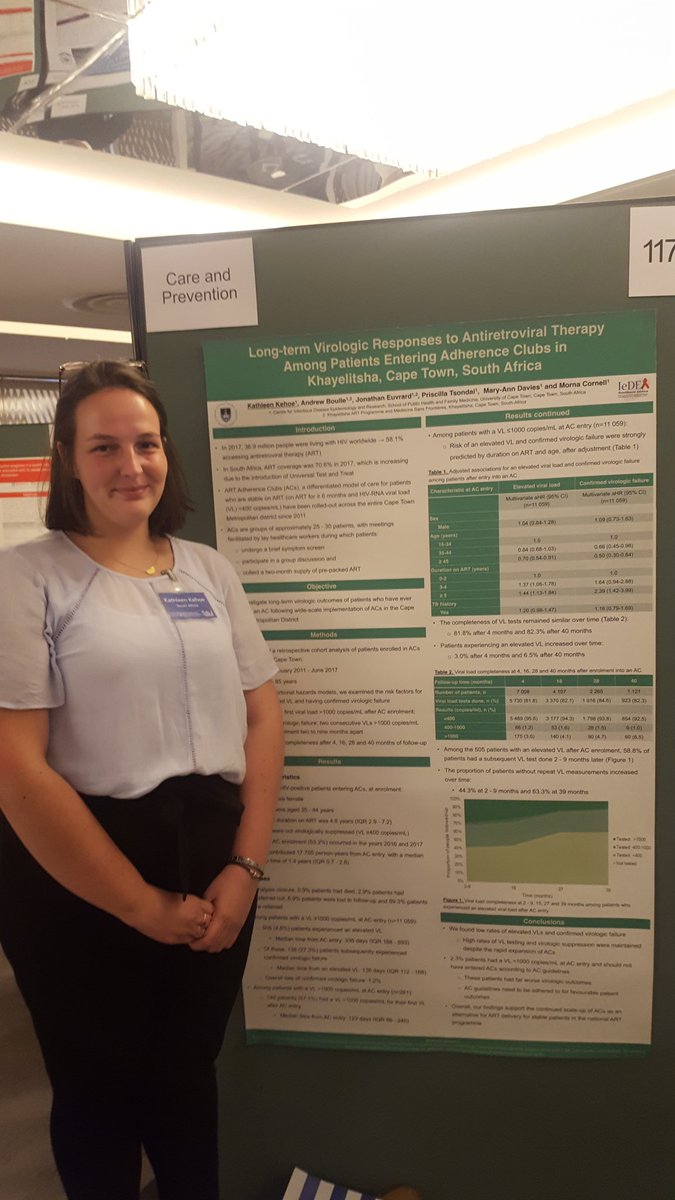
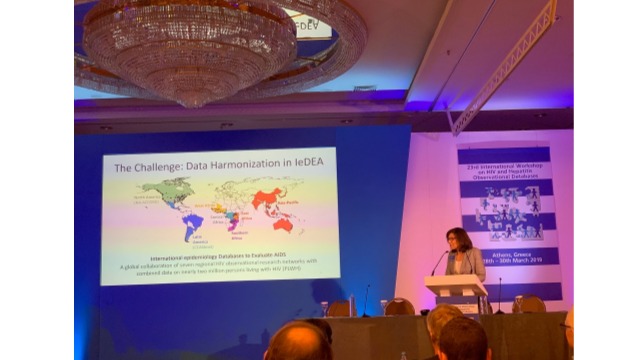
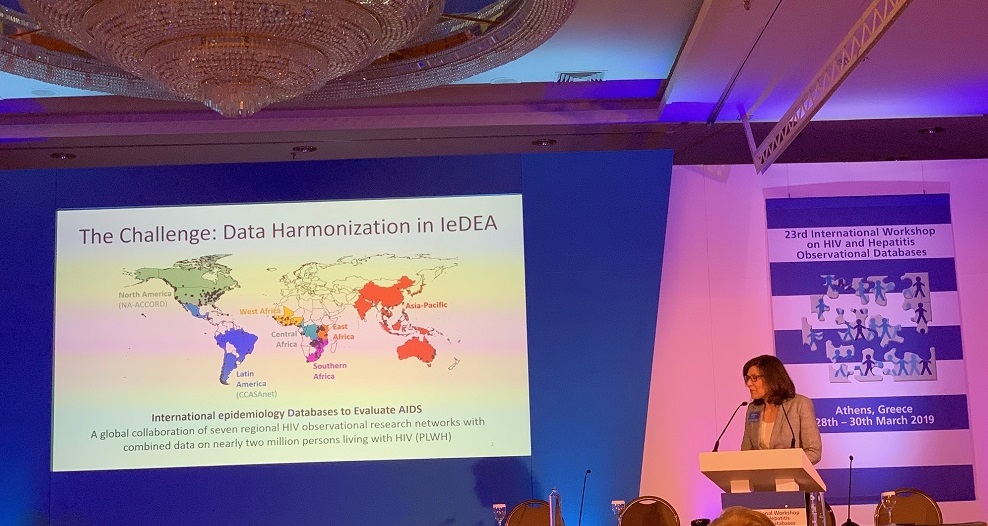
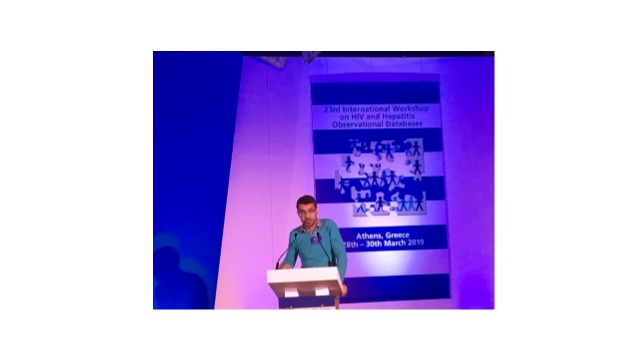
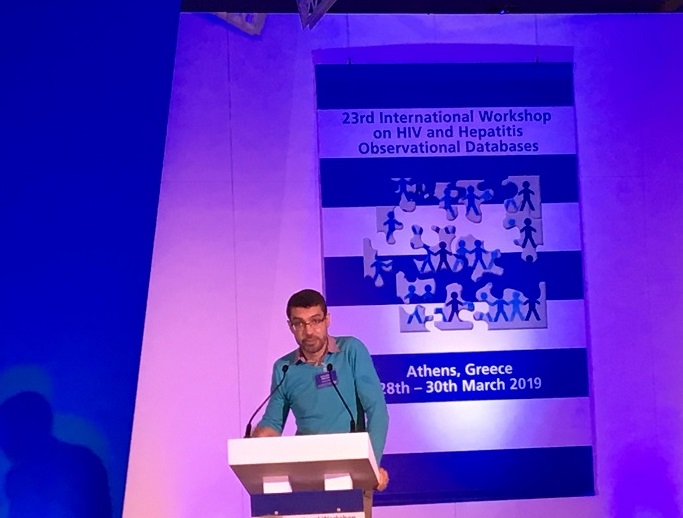
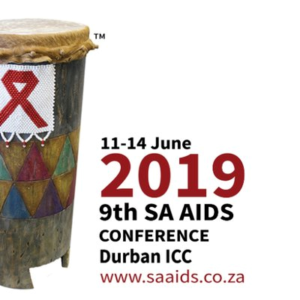
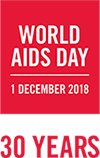 The theme of this year’s World AIDS Day was “Live life positively – know your HIV status”. Visit the
The theme of this year’s World AIDS Day was “Live life positively – know your HIV status”. Visit the 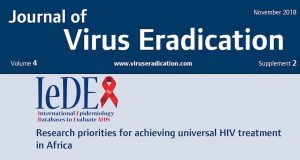 Nearly all countries in sub-Saharan Africa (SSA) have adopted national polices for universal HIV treatment, regardless of CD4 cell count or clinical stage. Evidence to date from SSA suggests that, once linked to care, timely ART initiation with retention and viral suppression is the norm. However, ART initiation in SSA usually occurs late in the course of infection, driving up mortality and new infection rates. With 10.3 million people untreated and a projected 1.2M new infections per year in SSA, the universal treatment era presents strategic opportunities for health systems to substantially reduce AIDS-related mortality and HIV incidence. This special issue of the Journal of Virus Eradication, with contributing authors from the African regions of the
Nearly all countries in sub-Saharan Africa (SSA) have adopted national polices for universal HIV treatment, regardless of CD4 cell count or clinical stage. Evidence to date from SSA suggests that, once linked to care, timely ART initiation with retention and viral suppression is the norm. However, ART initiation in SSA usually occurs late in the course of infection, driving up mortality and new infection rates. With 10.3 million people untreated and a projected 1.2M new infections per year in SSA, the universal treatment era presents strategic opportunities for health systems to substantially reduce AIDS-related mortality and HIV incidence. This special issue of the Journal of Virus Eradication, with contributing authors from the African regions of the